Questo post è disponibile anche in: Italiano
My favorite form of meditation is what I named Tea Soul Massage, my personal interpretation of Tea Ceremony. But let’s start from the beginning.
Since I was a little girl I loved tea. I adored tea.
Tea parties with my stuffed animals were a must during my childhood. I used to have water or chamomile-based tea times for hours. I was inspired to have a tea party for the first time when my father read me Alice in Wonderland.
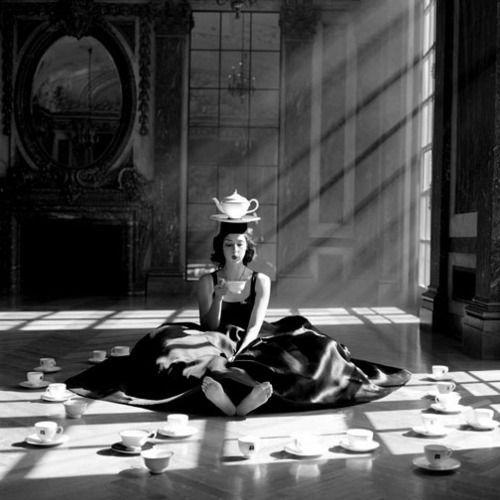
Although Italy is a coffee country, I consider myself a true tea lover and I don’t like coffee.
During my teenage years, I began very passionately about Japanese culture too, and while I was falling in love with Japanese aesthetic and art, literature and traditions, I found out that tea was a key factor in Zen philosophy and the dō (道:どう), the path to Illumination. I was in love. With tea again, and with this profound, shadowed, kind, gentle, aesthetic culture. When I was enrolled in my University’s Philosophy course, I decided to “impose” to my Professor the theme of my final thesis: Time in Japanese Aesthetic, a research on Japanese aesthetic concepts and arts. A part of my work was dedicated to Sadō or Chadō 茶道, also known as Cha No Yu 茶 の 湯, the Japanese Tea Ceremony.
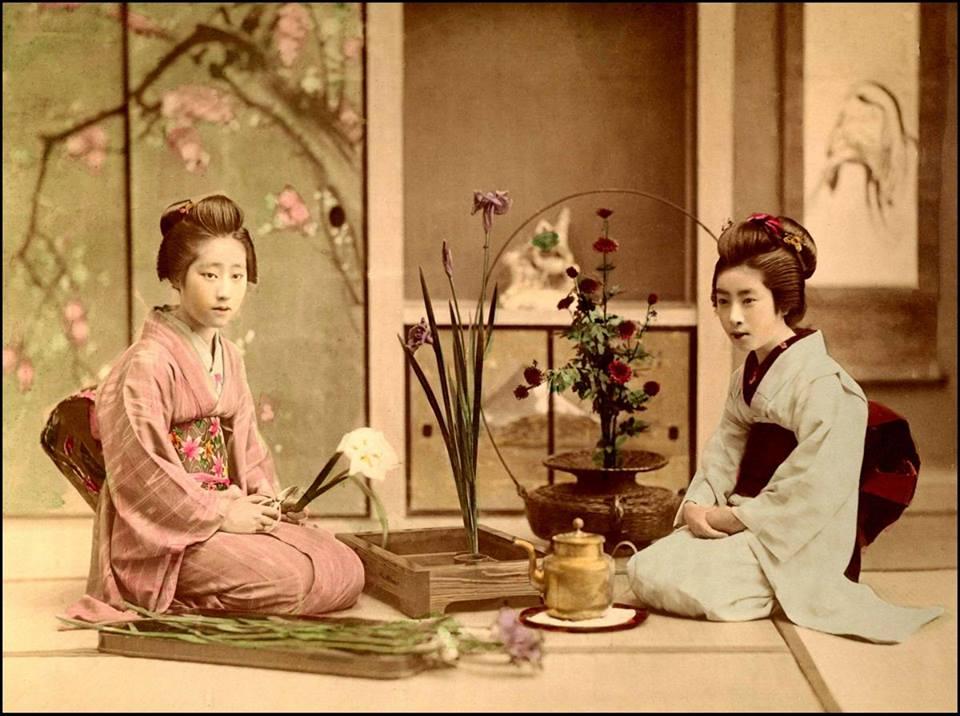
Five years ago I decided to turn my tea passion into a career and I started to collaborate with Chà Tea Atelier, an amazing Tea Shop and Tea Room in Milan, definitely my favorite tea place in town. Then I decided to dedicate myself to Tea Education, in two directions: attending a professional TEA SOMMELIER® Certification Program (in the Italian version offered by Protea Academy) and teaching Tea Culture in collaboration with Chà Tea Atelier. Now I am a Tea Specialist, a Tea Educator, and a Tea Sommelier.
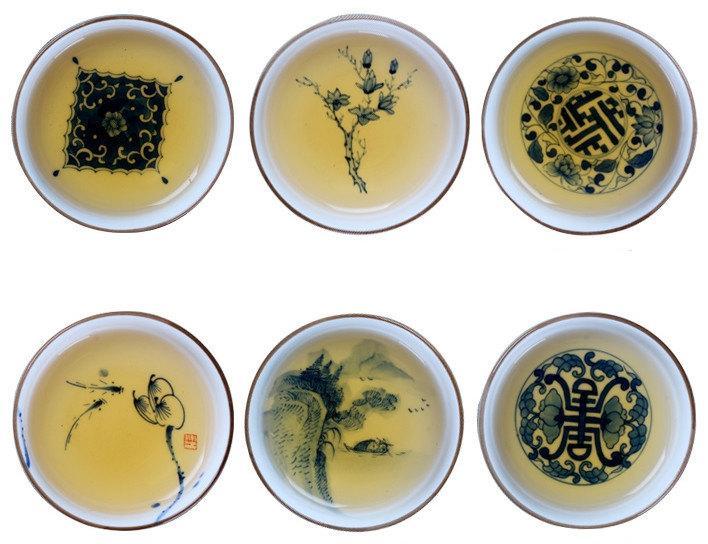
I began to be very involved in studying tea ceremonies when I first discovered Sadō, the Japanese art of tea and self-discovery, the tea way to reach for Illumination.
Then I met Gong Fu Cha, the Chinese traditional tea preparation, often called Chinese Tea Ceremony. Traditional Chinese preparation, known as Gong Fu Cha, in fact, is not a ceremony. It’s a thorough method for preparing tea, in which every gesture is made with the intention and the specific purpose of preparing the best possible cup of tea. With Gong Fu Cha, we aim to enjoy each and every sip of tea in its fullest potential.
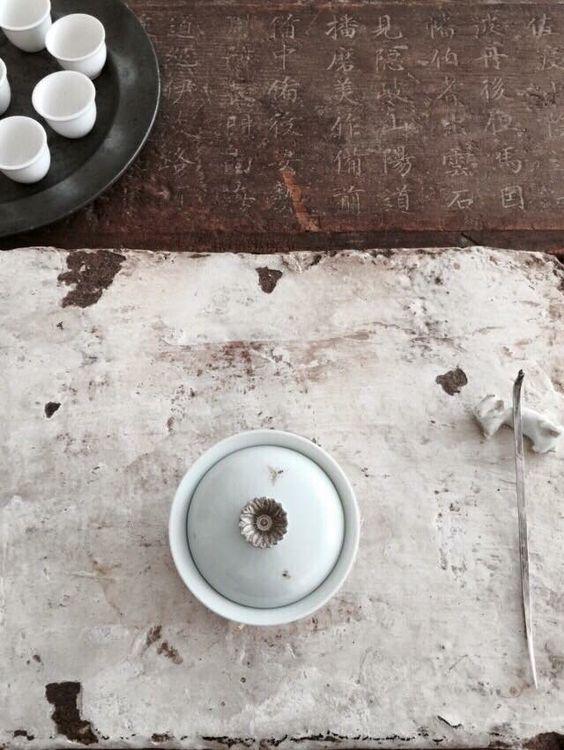
Tea ceremonies and their beauty and appeal grew deeply in me, becoming a ritual I can’t live without.
I can experience the Japanese ceremony when I attend as a guest a meeting with the Urasenke Tea Ceremony Association here in Milan. It’s a way of living, it’s a life path.
Sadō or Chadō 茶道 or Cha No Yu 茶 の 湯, the way of tea, is a dō and this is why it represents a way of ascension through meditation, like the other paths chosen by Zen.
The tea ceremony is often considered a total work of art, which also includes the architecture of the tea pavilion in its aesthetic canon. Everything in the tea room is designed to avoid distracting the mind with useless elements, leading it to pay attention to the essential.
The aesthetic activity that is set in motion in the tea room is a meditative activity that simultaneously produces purification from the nonessential and attention to the essential. What is suggested within this space is a model to which we have to adjust the spirit. The spirit must become empty and essential, humble and poetic, pure and concentrated.
Already by entering the tea room, a process of transformation has begun. The gestures of the ceremony will then have the function to reveal this state. The rhythm of the gestures and of the whole unfolding of the ceremony is the rhythm of breathing that accompanies meditation.
The emptiness of the room, of gestures, of sounds and of everyday life, represent the mental void that leads to the experience of enlightenment.
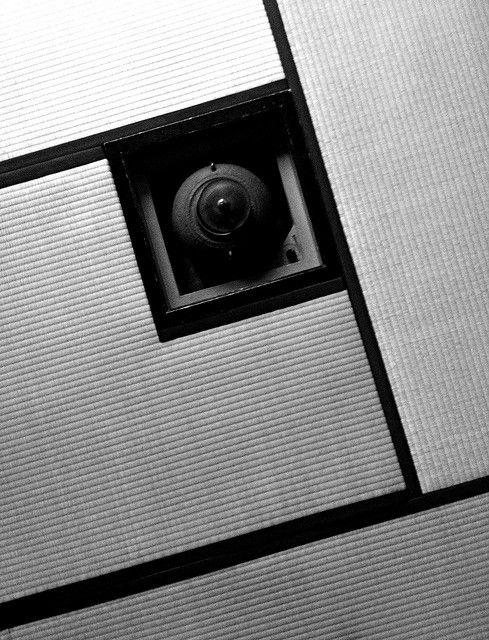
I usually enjoy my teas at home performing Gong Fu Cha.
What does Gong Fu Cha mean?
Gong Fu, also pronounced as Kung Fu, is a Chinese expression that means one with great skill, properly done, done with great skills, done in the best way. Cha means tea. So, the practice of Chinese Gong Fu Cha can be translated as tea prepared with great skill, the proper way, with full presence.
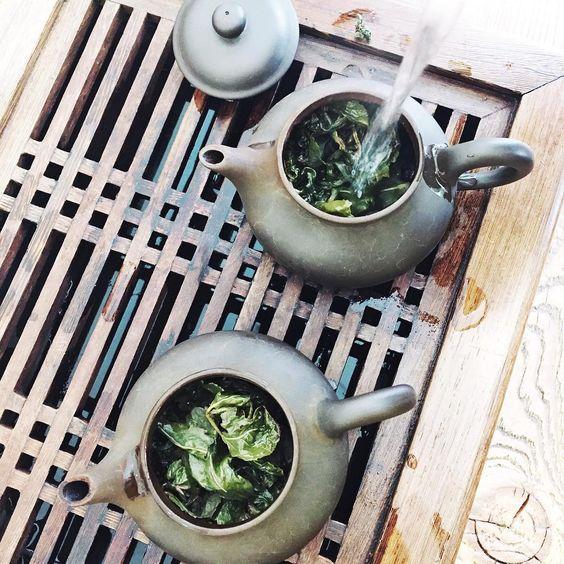
When preparing the perfect cup of tea, everything is important in Gong Fu Cha. The tea plant variety or cultivar, the terroir (soil and climate), the season and precise moment of the harvest, the plucking of the leaves, the processing method, the quality and temperature of the waterused to brew, the right teapot and other accessories, their material, the amount of tea for the little pot or gaiwan cup, and, finally, the steeping time for each brewing session.
The art of Gong Fu Cha derives from cultivating and mastering those factors.
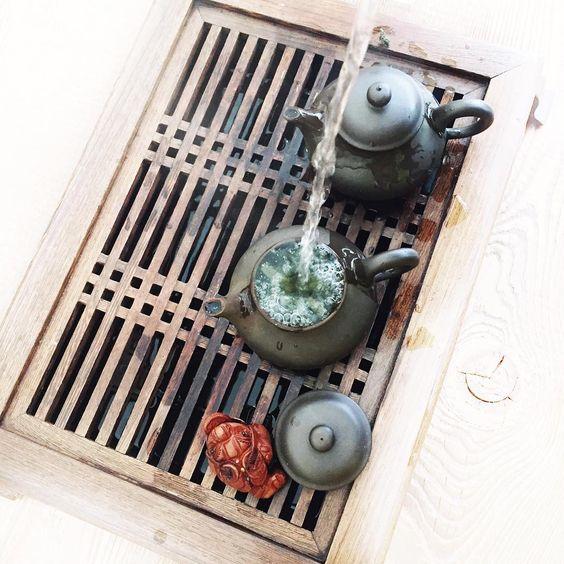
I’ve been asked many many times about the difference between the two tea ceremonies. I usually say that they are two completely different kinds of performance and experience. Even the tea used is very different, considering that in Cha No Yu Matcha, the Japanese grounded green tea, is the only type of tea allowed.
Mostly, we can say that Japanese Tea Ceremony is all about the inner and shared experience, focusing on the spiritual experience of being present with your whole soul and, at the same time, on being there with other people. Chinese Gong Fu Cha is more focused on how to offer the tea in the best way possible, in order to create a complete sensorial experience for the guests.
There would be much more to be said, but basically the most important difference is that the Japanese ceremony is focused on the inner and spiritual experience (eventually, the final act of drinking the tea could be the less important, the cup could be empty and the whole meaning would be preserved) and the poetic encounter with nature, seasons and other people, while the Chinese one is focused on appreciating the sensoriality of the tea at its best: appearance, perfume, aroma, taste, mouth feeling.
Gong Fu Cha can be performed everywhere and it is not so strictly connotated by severe rules like Cha no Yu.
I usually offer Gong Fu Cha performances as a form of relaxing meditation sessions: we can say it’s a mediTEAtion!
I call it Tea Soul Massage.
Two years ago, while I was in China, one night I found myself caught in the jam of jetlag. I was trying to calm my mind with the gestures and sounds of Gong Fu Cha and it hit me: I was massaging my mind, even my soul.
After that night, I began to offer this soul massage through tea to friends and people who want to leave the noise of the world out of the tea room for a while, in order to relax, regain focus and be in touch with themselves.
A Tea Soul Massage session is performed in silence, listening to the sounds of water and accessories, watching the gestures repeated and repeated, smelling the tea aroma and tasting the liquor, touching the clay of the little cup in our hands and feeling the warmth.
The soft gurgle of boiling water,
the dull tinkle of clay that meets clay,
the sound of glass that marries glass,
the continuous and modulated sound of the water poured to wash and heat the teapot and cups,
the glow of water poured into the dim light again and again and the color of the tea liquor resting in the tea pitcher,
the scent of flowers, honey, cooked fruit, meadows, wood, earth, chestnuts, nuts, and toasted leaves,
the tea aroma,
the full, persistent, velvety, fresh taste with a slightly astringent or a soft velvety touch,
the heat that passes from the cup to the fingers, that meets the lips.
I hope that my Tea Soul Massage can bring more interest in tea and tea ceremonies, and will alleviate and ease our stressed bodies and souls.
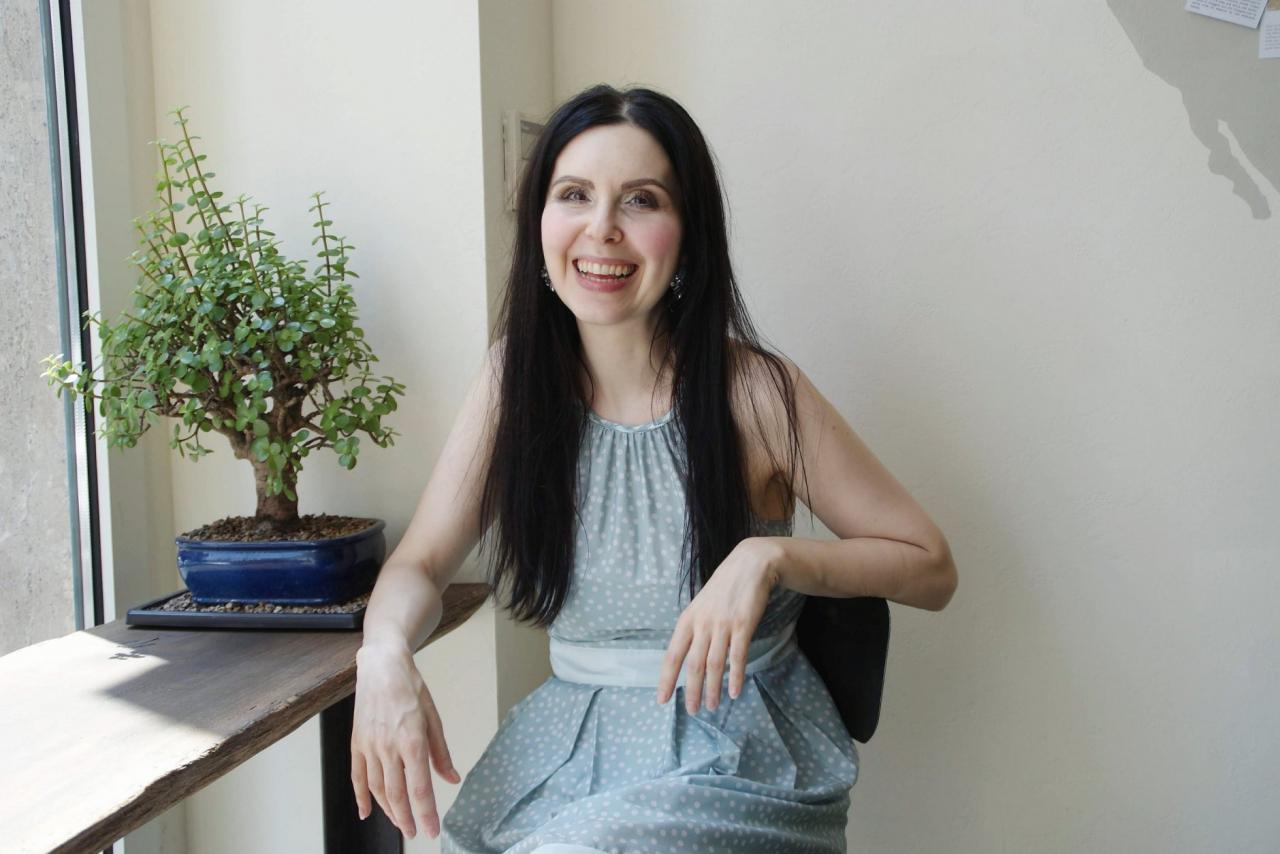
Want to know more about me as a tea lover? Please read my tea-interview on the amazing tea blog Primainfusione.
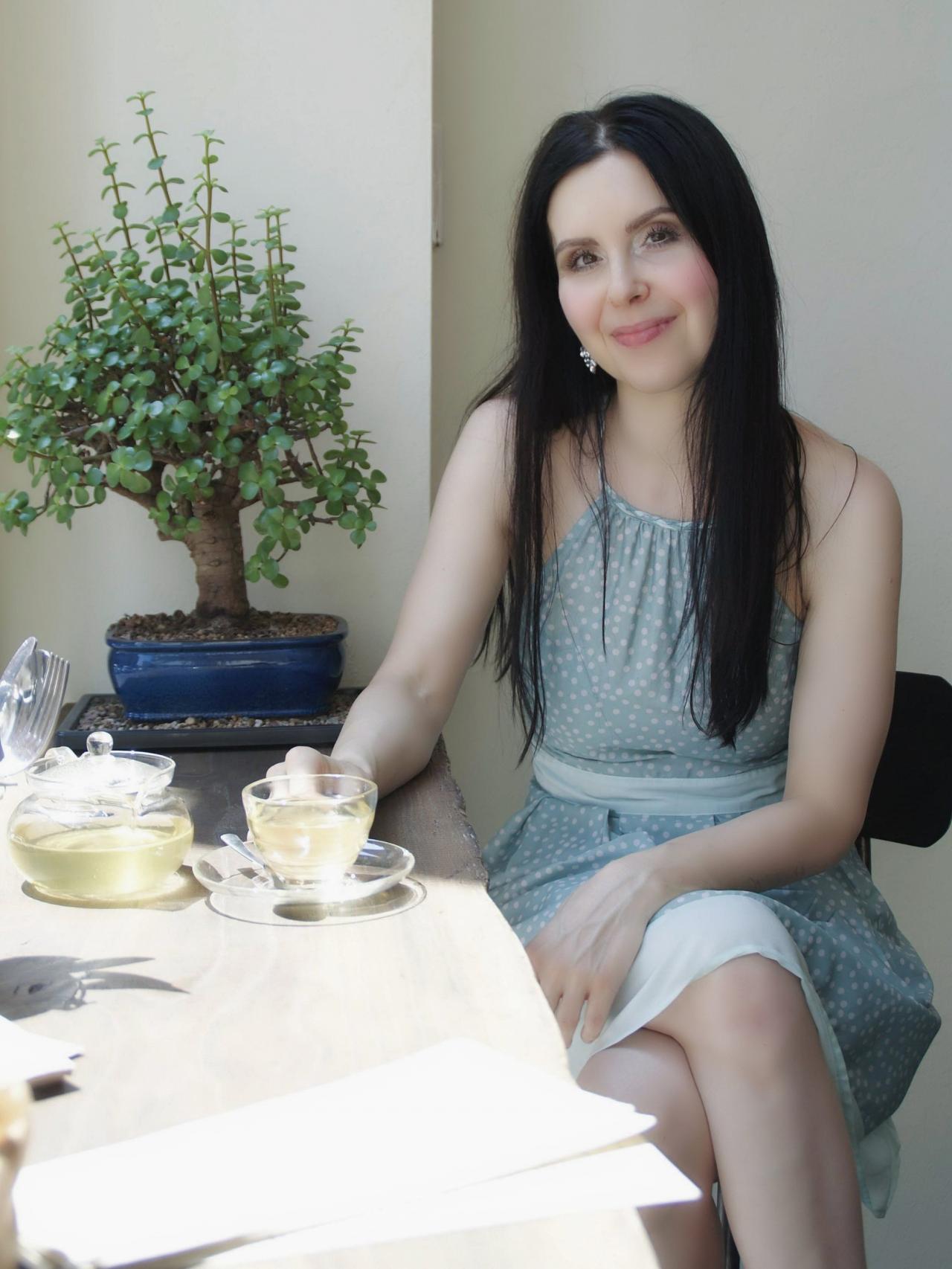
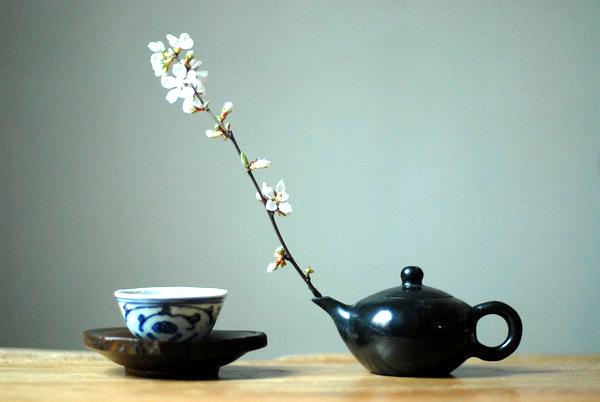
Tea Soul massage, such amazing concept… using material stuff, the smell of tea, the posture, the set, to feel the being… to feel to be alive, we, here, now! Isn’t it happiness on it simplest kernel? Thank you for helping me understanding how I can grasp it a little, by doing this ritual meditation.